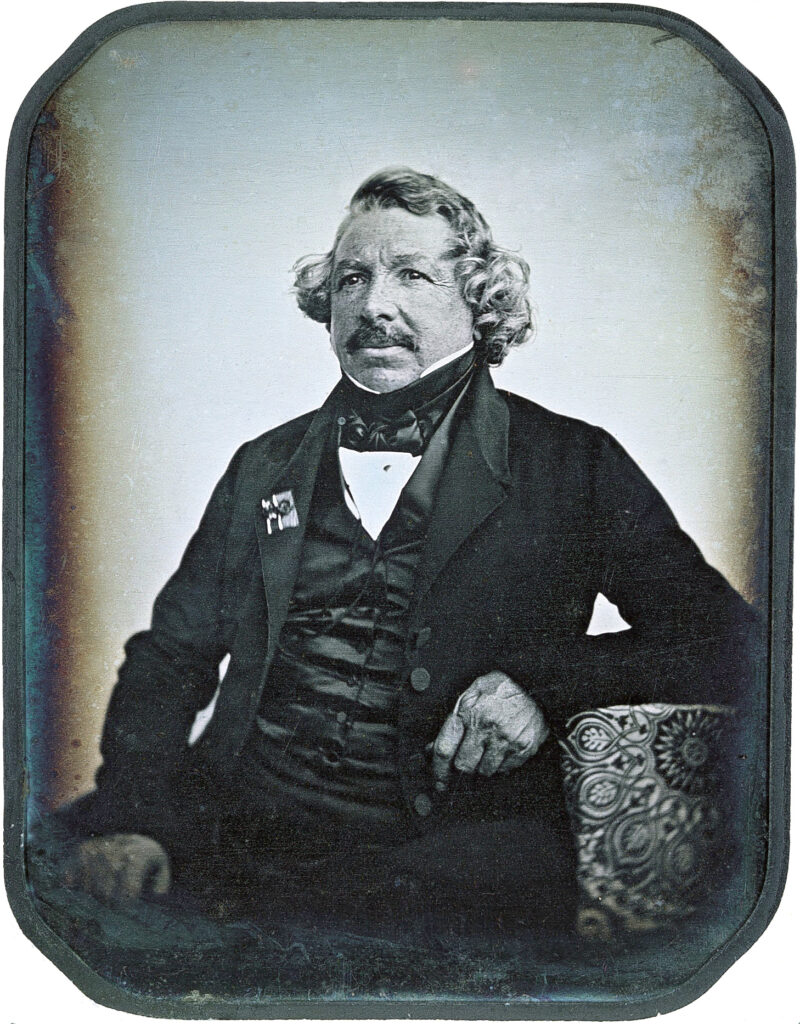The Evolution of Photography: From History to Modern Trends
Photography has transformed the way we capture and preserve memories, telling stories through the lens of a camera. From its inception in the 19th century to the cutting-edge trends of today, photography has evolved dramatically. Let’s journey through the history of photography and explore how it has shaped modern trends.
The Birth of Photography: Early Innovations
1. The Camera Obscura

Before photography as we know it, the camera obscura (Latin for “dark chamber”) laid the foundation. Used as far back as ancient China and Greece, this optical device projected images onto surfaces, paving the way for future photographic techniques.
2. The Daguerreotype (1839)
In 1839, Louis Daguerre introduced the daguerreotype, the first practical photographic process. These images were captured on silver-plated copper and required long exposure times but marked the beginning of commercial photography.
3. The Wet Plate Process (1851)
Frederick Scott Archer’s wet plate collodion process allowed for sharper images and reduced exposure times, making photography more accessible.
The Rise of Film Photography
1. Introduction of Roll Film (1888)
George Eastman revolutionized photography with the invention of roll film and the launch of the Kodak camera. His slogan, “You press the button, we do the rest,” democratized photography, making it available to the masses.

George Eastman Museum
2. The 20th Century Boom
With advancements in film and camera technology, photography became a vital medium for art, journalism, and personal expression. Iconic moments of history, such as wartime coverage and cultural movements, were captured on film.

The Digital Revolution: A New Era
1. The Advent of Digital Cameras (1990s)
The transition from analog to digital photography began in the 1990s. Digital cameras offered instant image previews and eliminated the need for film, forever changing the industry.

2. Smartphones: Cameras for Everyone
The integration of cameras into smartphones made photography more accessible than ever. Today, billions of people carry high-quality cameras in their pockets, sharing their lives in real time through social media.

Modern Photography Trends
1. Drone Photography
Drones have revolutionized the way we capture aerial perspectives, making it possible to photograph landscapes, real estate, and events from breathtaking heights.

2. Artificial Intelligence (AI)
AI-powered cameras and editing tools have simplified photography, allowing users to enhance images with a single click. Features like face recognition and scene optimization have become standard in modern devices.
3. Film Photography Revival
Despite the dominance of digital, film photography has made a comeback. Many photographers are drawn to the nostalgic charm and unique aesthetic of film.

4. Minimalist and Storytelling Photography
In the age of social media, minimalist photography and storytelling have gained popularity. People are drawn to images that evoke emotions and tell compelling narratives.
5. Sustainable Photography
With growing environmental awareness, photographers are adopting eco-friendly practices, such as using sustainable materials and minimizing waste in their work.
Photography’s Impact on Society
Photography has played a crucial role in documenting history, shaping cultural narratives, and connecting people across the globe. From iconic images like the first moon landing to personal milestones captured in family albums, photography continues to inspire and inform.
Tips for Aspiring Photographers
- Study Photography History: Understanding the roots of photography can provide valuable insights and inspiration.
- Experiment with Styles: Try different genres, from portraiture to landscape, to discover your passion.
- Stay Updated on Trends: Embrace modern tools and techniques to enhance your skills.
- Practice Storytelling: Focus on capturing emotions and narratives in your images.
- Build a Portfolio: Showcase your best work to attract opportunities and grow your skills.
Call-to-Action (CTA)
Photography is a journey through time, innovation, and creativity. Whether you’re a history enthusiast or a modern trendsetter, there’s always something new to explore. Grab your camera and start capturing your story today!





